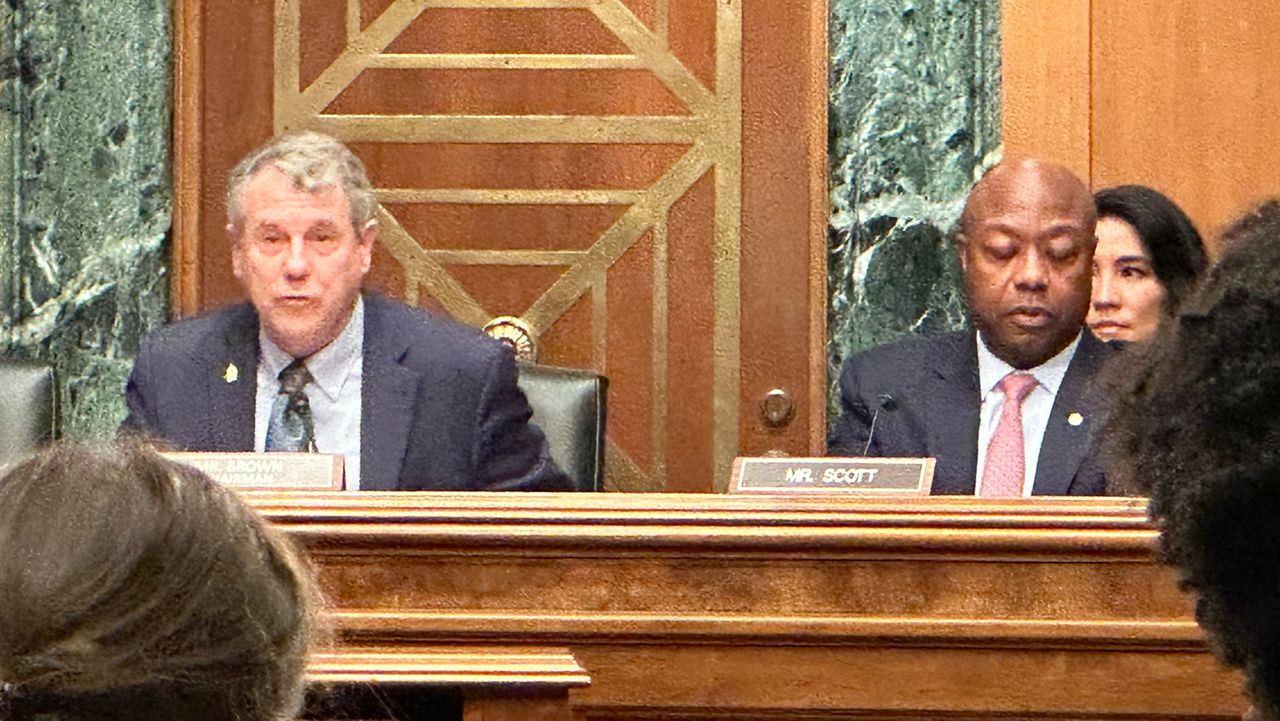COLUMBUS, Ohio — When Ohioans begin to show up to the polls this November, they might want to make sure they are properly registered to vote.
Ahead of the election, Ohio Republican Secretary of State Frank LaRose has removed nearly 154,995 inactive and out-of-date registrations from Ohio’s voter rolls.
"This is a process that has been carried out by Republican and Democratic Secretaries of State for decades," LaRose said.
LaRose says removing these voter registrations is a part of state and federal law.
"If it's a person who has died or moved out of state or never should have been a registered voter in the first place because they lack status, for example, then that's not a voter," LaRose said. "That's just bad data that we're removing from the rolls."
LaRose says the office released a list to the public months before they deleted records.
"When we actually conduct removals of records from the voter registration rolls, we have a higher level of confidence that is being done in an accurate way because we would never want to remove unnecessarily somebody from the voter rolls," he said. "We work really hard to get people registered to vote."
"Unfortunate mass removals is where we can get to see some problems," said Kelly Dufour, the voting and elections manager for Common Cause Ohio.
Dufour likes the process of continuing to update voter rolls and keeping accurate data on hand but says disenfranchised voters oftentimes will not check online, and could not be subject to getting snail mail. She says many vulnerable groups could be affected.
"There were also homeless populations of people that were included in those rolls, and there's no way to track them down and try and help them, even as advocates, to try and help advocate for them to stay on the rolls," Dufour said. "So, there's really a whole lot more to it. And, it needs to be a thoughtful and deliberative process."
Dufour claims the data is fast-paced and could change on a daily-basis. She said immigration ceremonies take place, and if a person gets citizenship who might have already been eliminated, they would need to register to vote.
Petee Talley, representing the Ohio Coalition on Black Civic Participation, called the system "problematic."
She suggests most citizens pay closer attention to the Presidential election and might not understand the background of the political process. Talley said several communities facing voter registration removals have large populations of people of color. She says her group is trying to advocate more people to register to vote.
"More than half of the voters that were purged are from counties where a majority of Black and brown communities choose to live in the state of Ohio," Talley said.
LaRose says voter files do not contain racial data, and the elimination process could impact anyone in the entire state.
"The majority of removals are in counties that have the largest populations, which also happen to have larger minority communities," said Dan Lusheck, a Spokesman for the Ohio Secretary of State. "The straw man argument has absolutely zero merit."
LaRose said if there is a mistake, Ohioans still have time to register until October 7, 2024.
There could be several reasons why a registered voter could have been been audited from voter rolls such as if the individual moved and filled out a change-of-address form with the postal service.
"Ohio's constitution requires that you be registered to vote 30 days before the election," LaRose said. "And so 30 days before the election is when that window closes. And so now is that reminder you need to go to vote."










